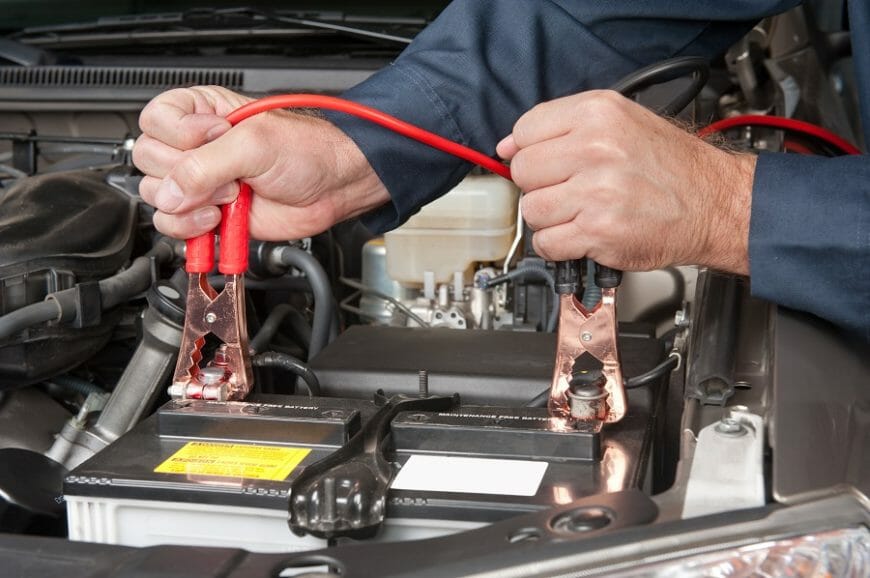Have you ever forgotten to switch off the car lights when you park at night, only to find the battery drained overnight with a vehicle that won’t start and you’re running late for work or school? Not the best way to start the day having to Google “how to jumpstart car battery”.
Jumpstarting a car can be overwhelming, especially if it’s your first time. Just like knowing how to change a tyre, it is a skill all motorists should have, just in case.
“Motorists should only jumpstart their cars when absolutely necessary”, says Jason Ravenscroft, Franchise Manager at Battery Centre, a specialist battery fitment network with more than 120 branches around South Africa. “And when they do so, they must first ensure there are no signs of damage to the battery as attempting to jumpstart where there is damage can cause significant damage to the vehicle.”
How to jumpstart car battery
The good news is you can jumpstart your car safely with the right tools. “Many motorists have a jump starter power bank in their emergency travel kit. If not, we recommend you get one,” suggests Ravenscroft.
If there’s another car close by with a working battery, then all you need is a set of jumper cables and to follow the next steps to get your vehicle on the road and to your nearest battery specialists.
Five steps to jumpstart car battery
“Check your car’s specific instructions first, then park both cars close to each other in neutral, with the handbrake on, and switch everything off,” says Ravenscroft. Attach the cables in the following order:
- Connect the red clamp to the positive post of the battery that’s not working.
- Connect the other end of the red cable to the positive post of the working battery.
- Connect the black cable to the negative post of the working battery.
- Attach the other black cable to the engine block of the car whose battery is not working.
- Switch the car with a working battery on, let it idle for a few minutes, and then switch it off before starting the other vehicle.
If the car starts without hassle, remove the cables and let the engine run so that the battery can charge.
“Always connect and remove the cables in the correct order. Remove them in the reverse of how you connect them,” explains Ravenscroft.1
What if the car doesn’t start?
If the vehicle doesn’t start after 15 seconds, stop the procedure, and check the ignition and fuel systems, Ravenscroft recommends. In some instances, the car won’t start or will die when removing the cables. These could be signs that there’s a problem with more than just the battery, and you’ll need professional advice and help.
If you know the battery is old, it’s best to get it looked at. The trusted battery specialists recommend twice a year checks to monitor the battery’s health and ensure the battery has the correct voltage. Plus, they will check the alternator and starter. Some even do these checks for free.
Ravenscroft recommends that motorists avoid jumpstarting cars with Start/Stop technology, as a jumpstart can cause inconsistencies with the Start/Stop system and cause damage.
Get the most from your car battery
A good quality vehicle battery should last about four to five years. The lifespan of the battery largely depends on the manufacturing process and the manner in which it is used. With proper care, including regular battery checks (preferably every six months), and keeping the battery clear of debris and dirt, the battery can last a long time. Running the battery flat even once may significantly reduce the lifespan of the battery. When it starts to weaken, you’ll see the warning signs so you can prepare to get it checked and replaced (if need be) before it fails on you.
With a master's degree in pastiche, the Vamers Public Relations Bot uncannily regurgitates some of the coolest news the industry has to offer. From fanciful announcement trailers through to over-the-top delays, this PR Bot covers it all.










